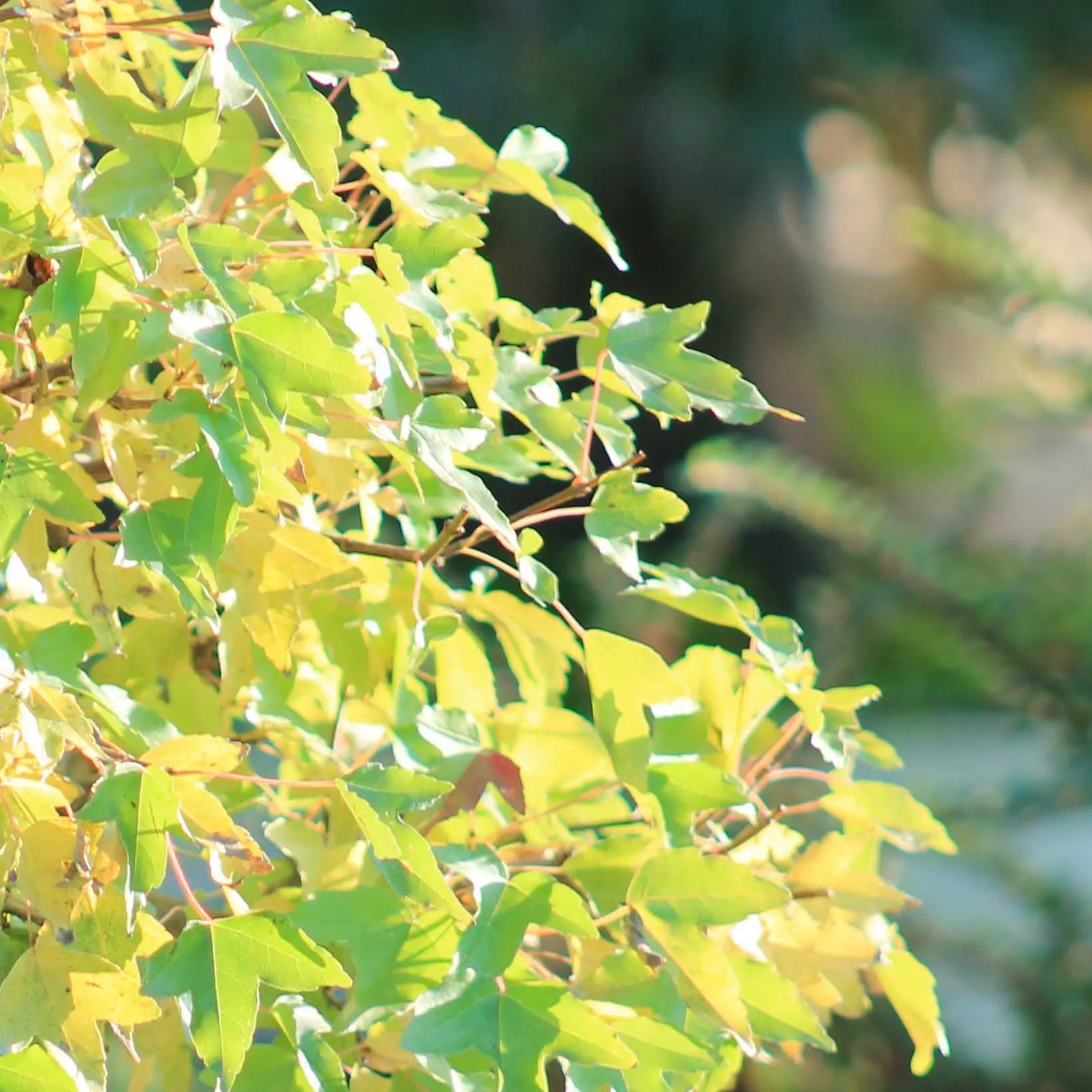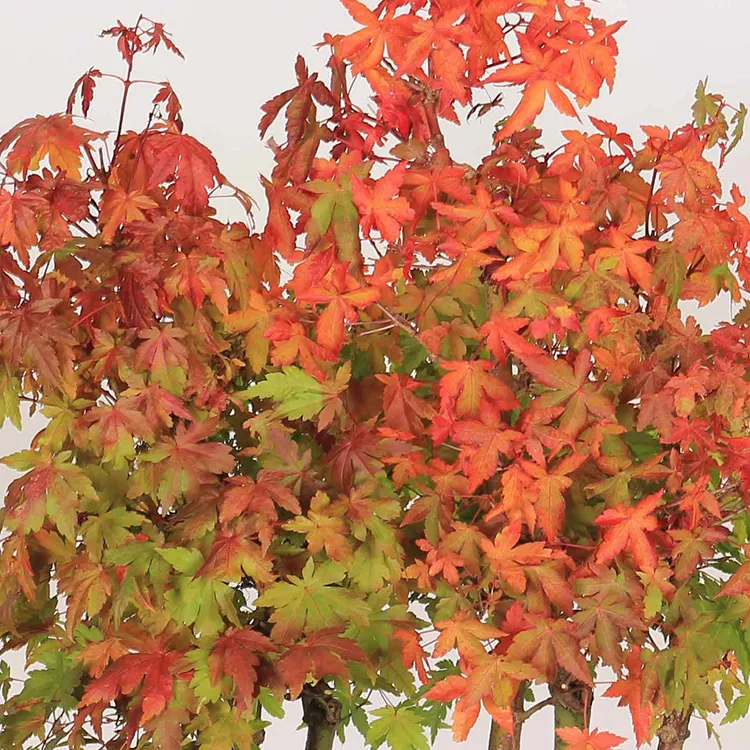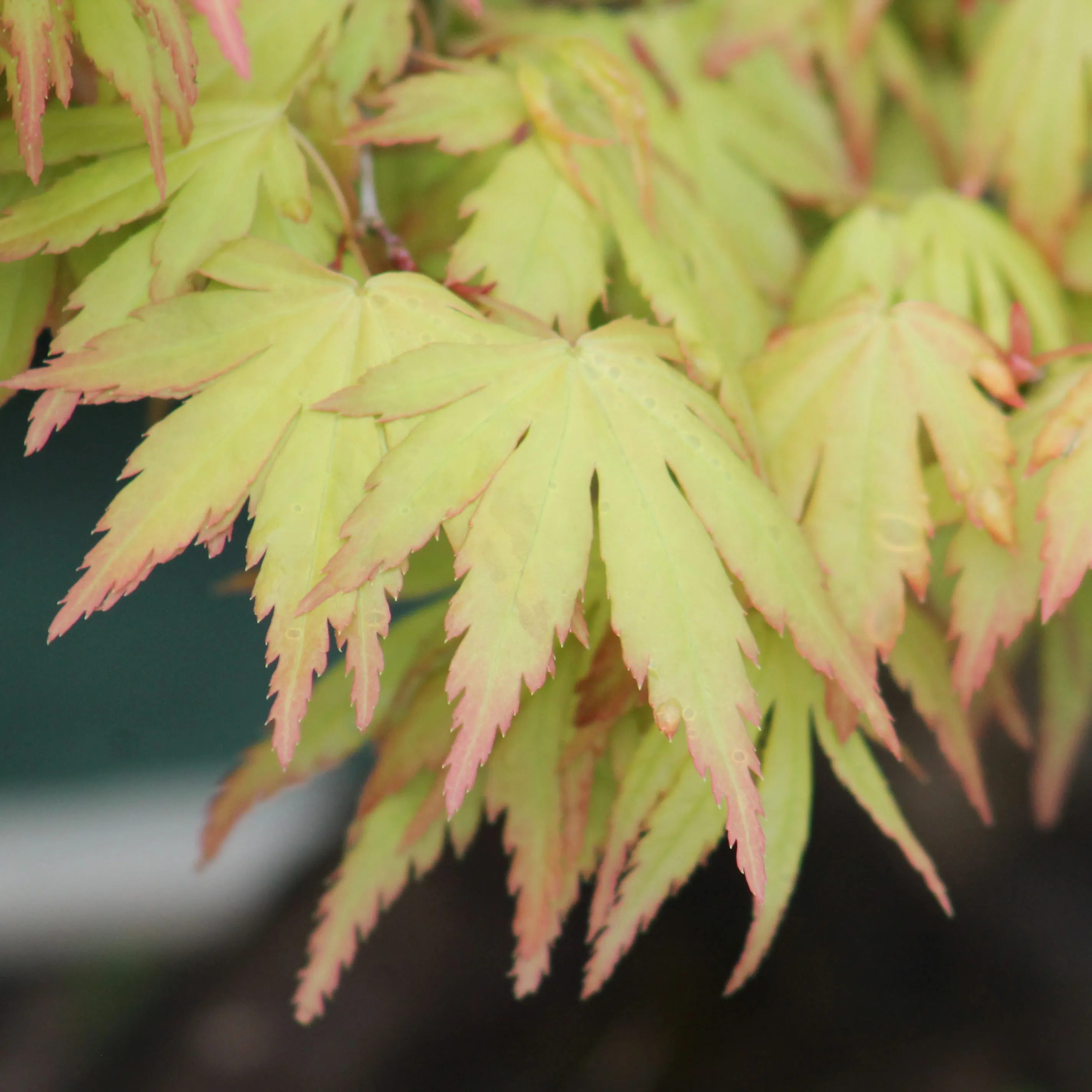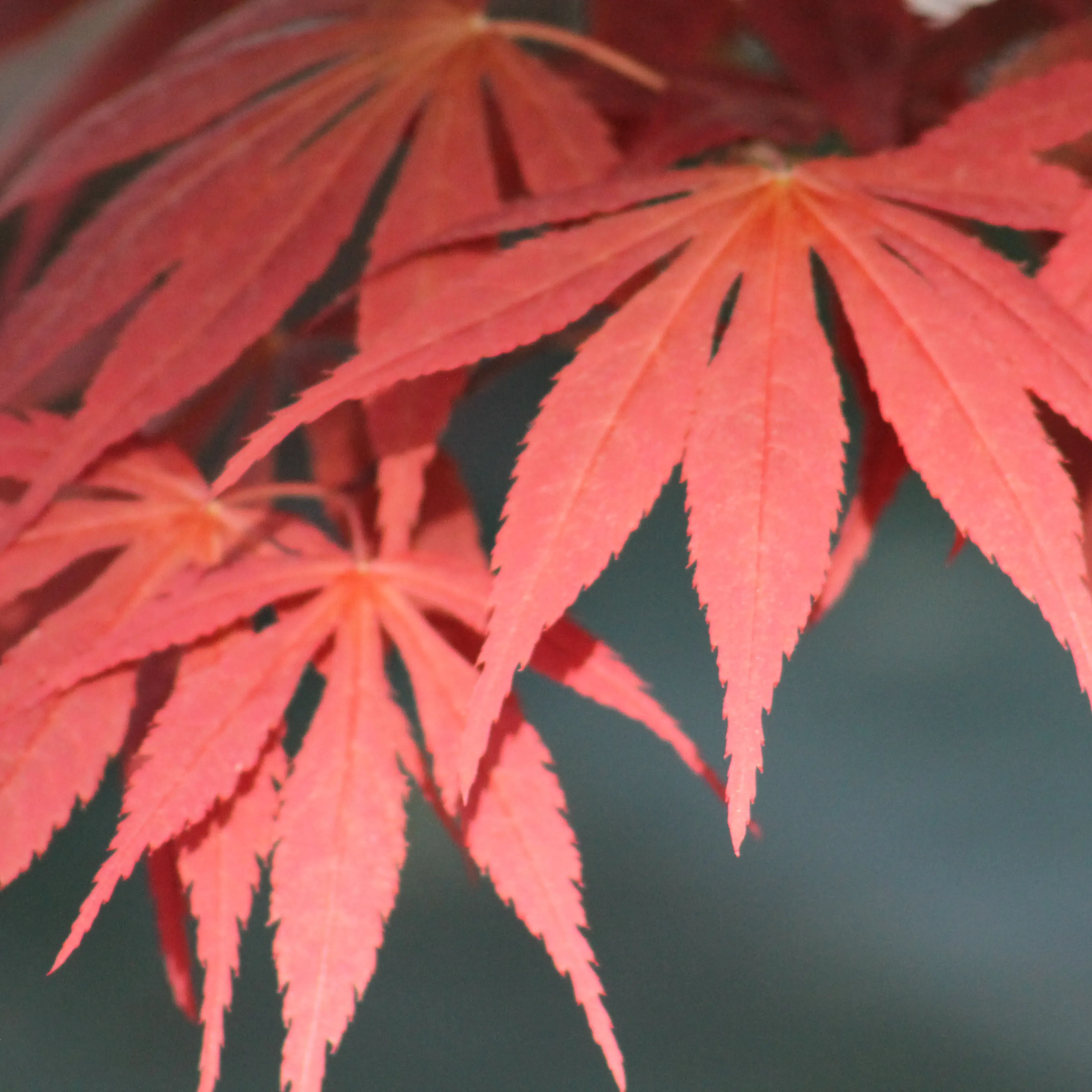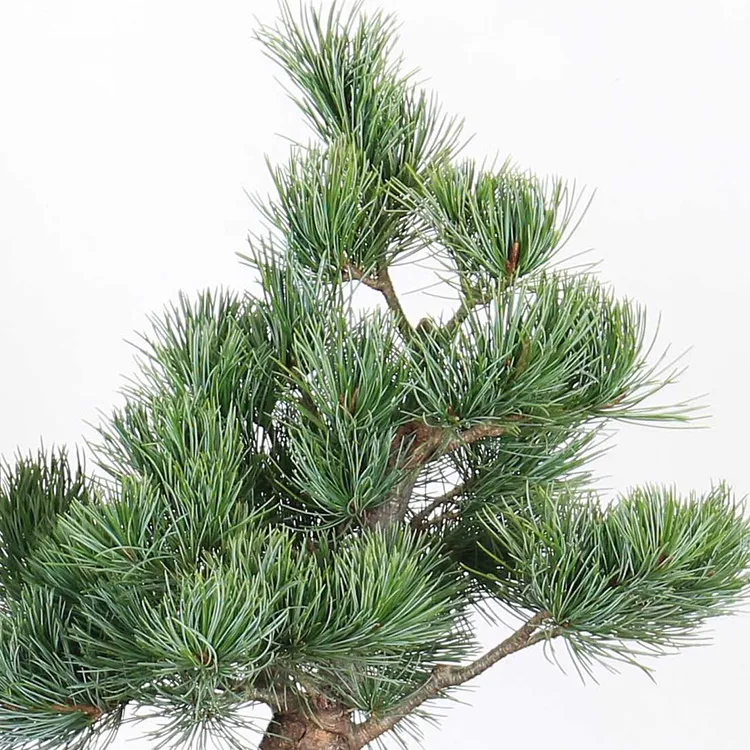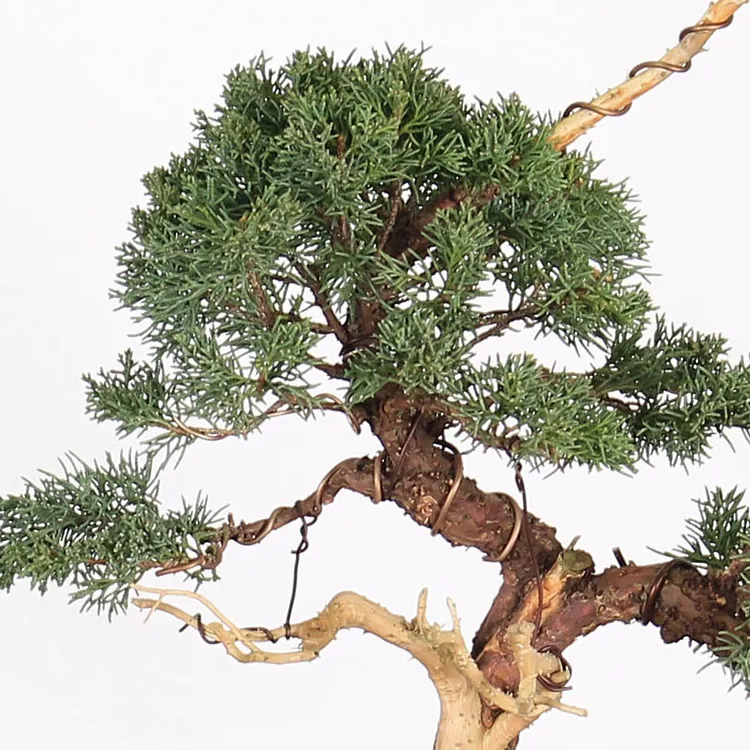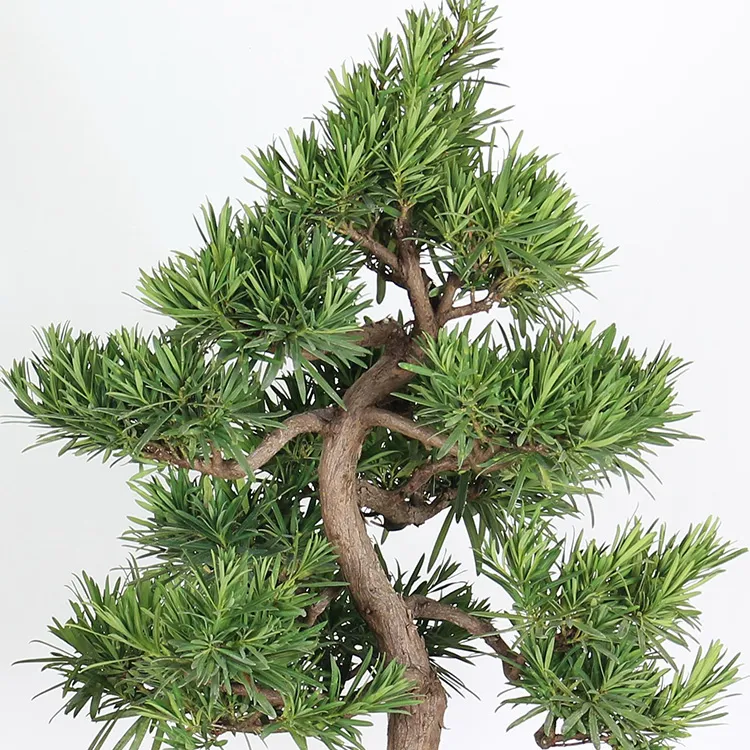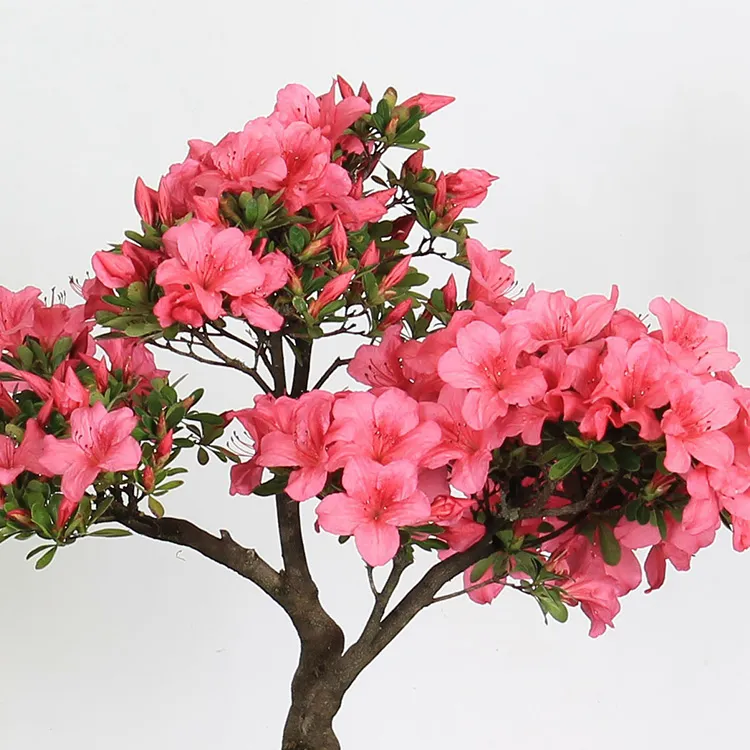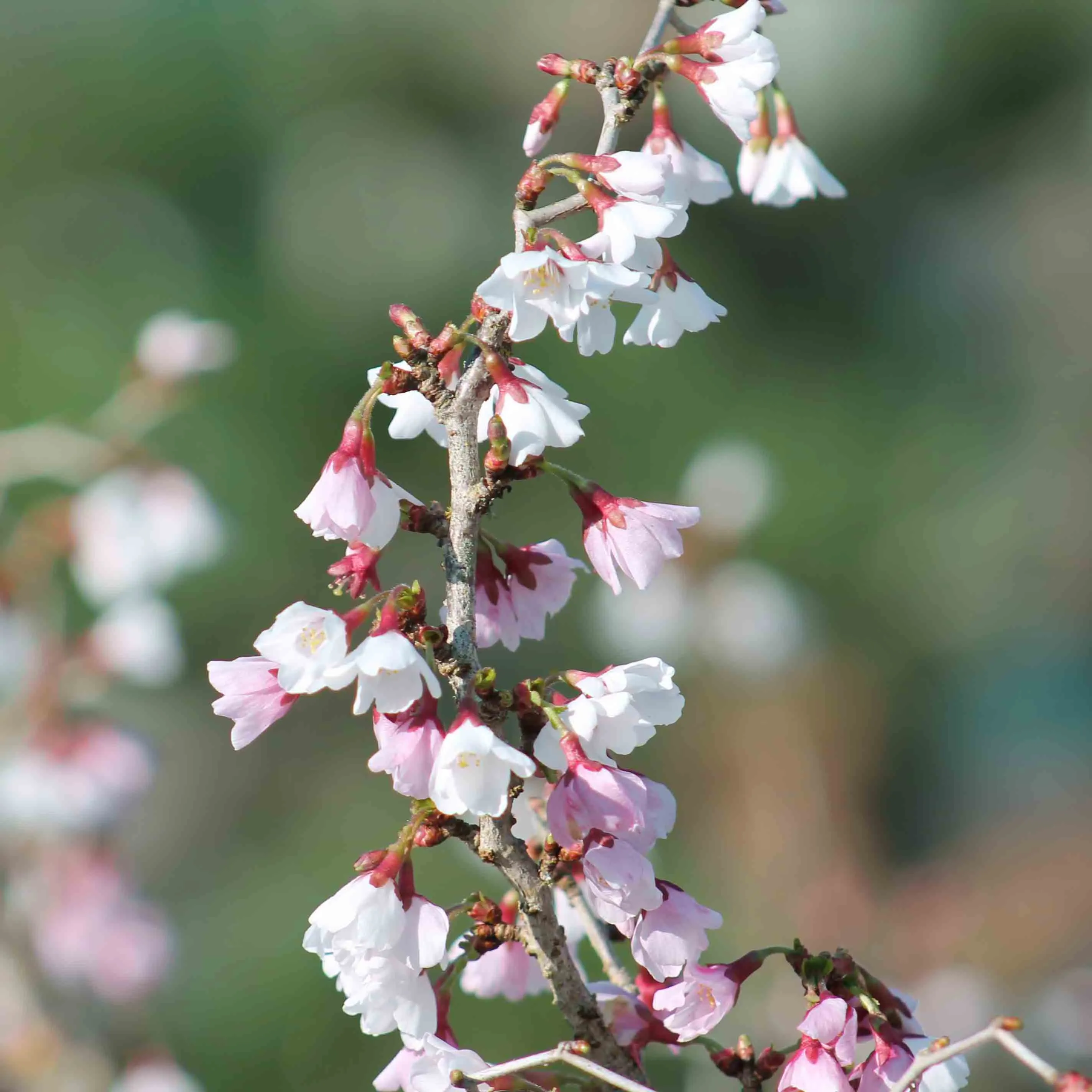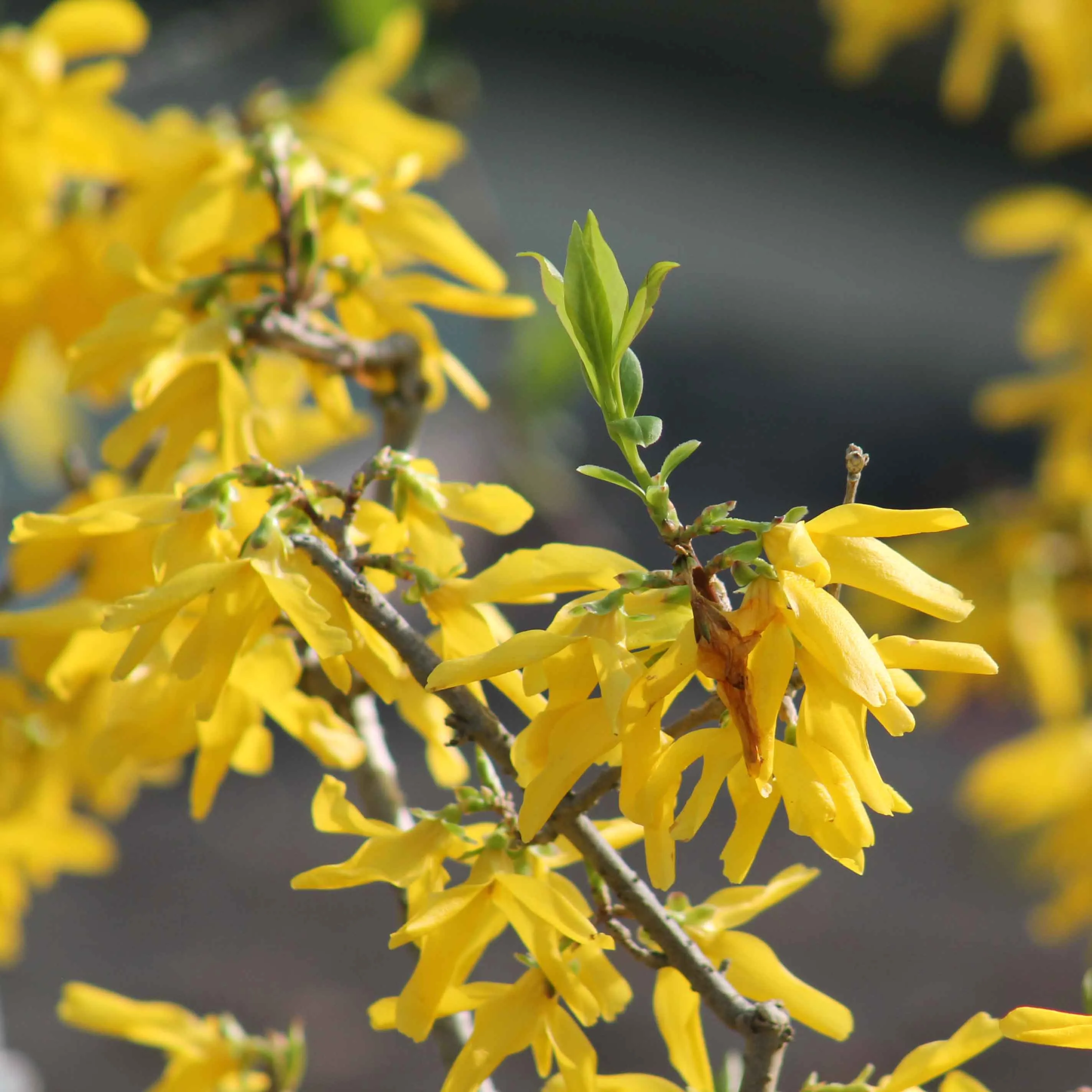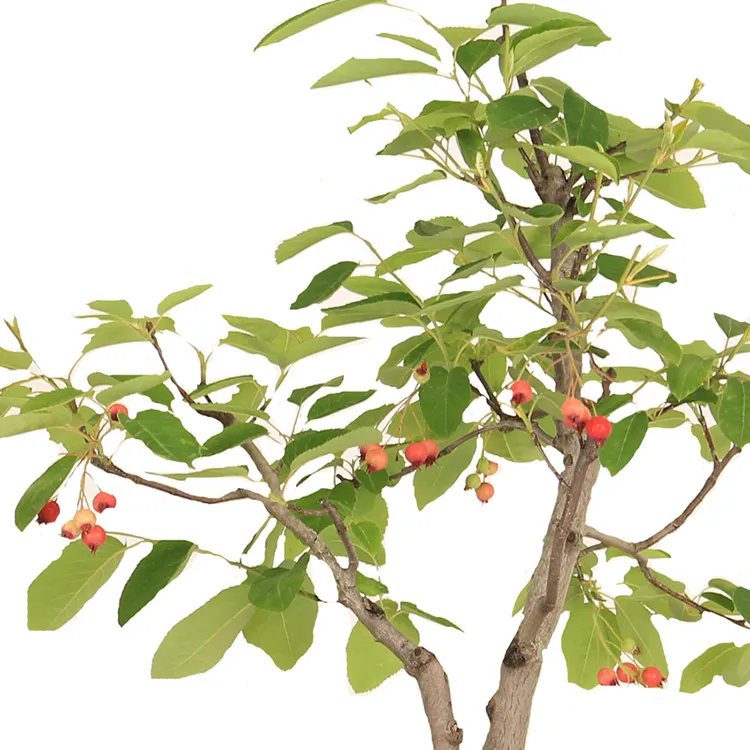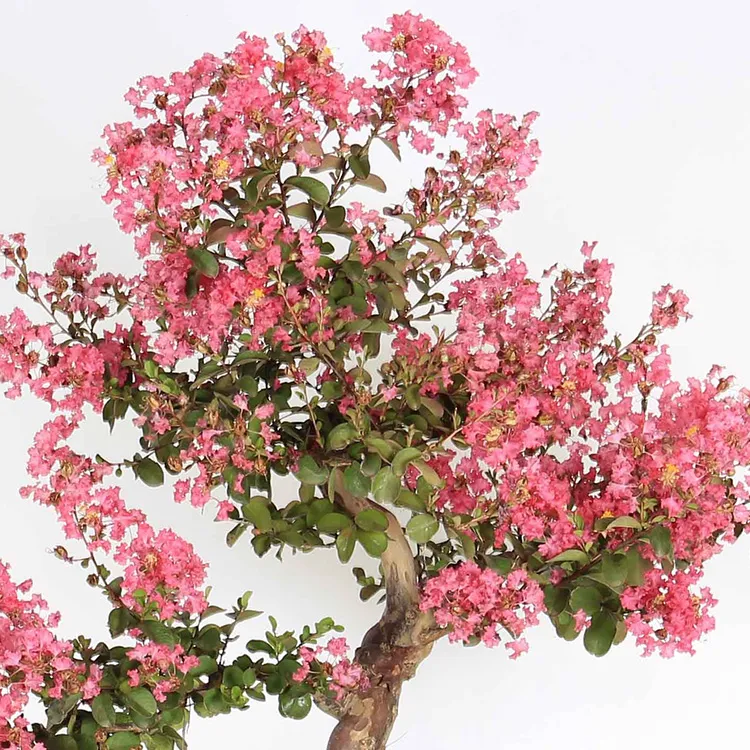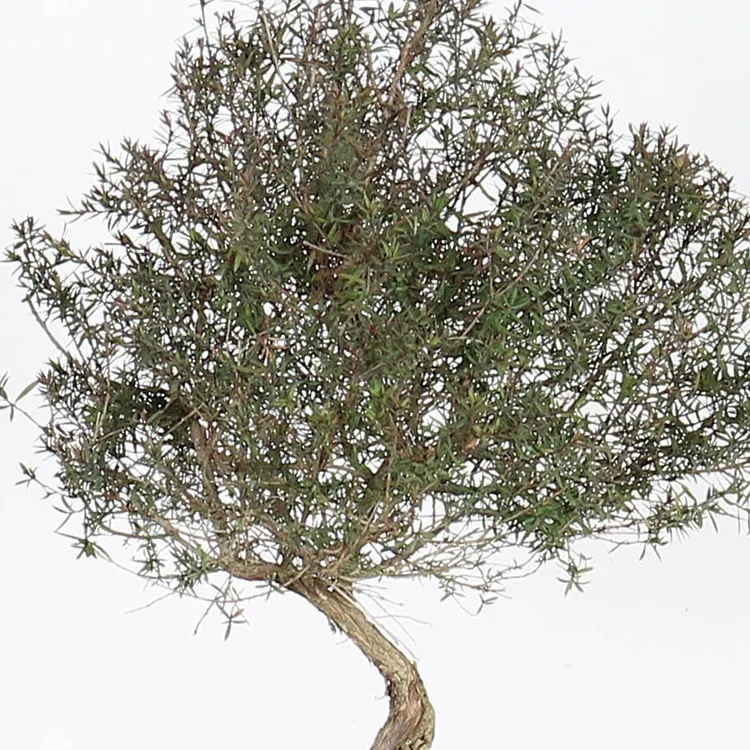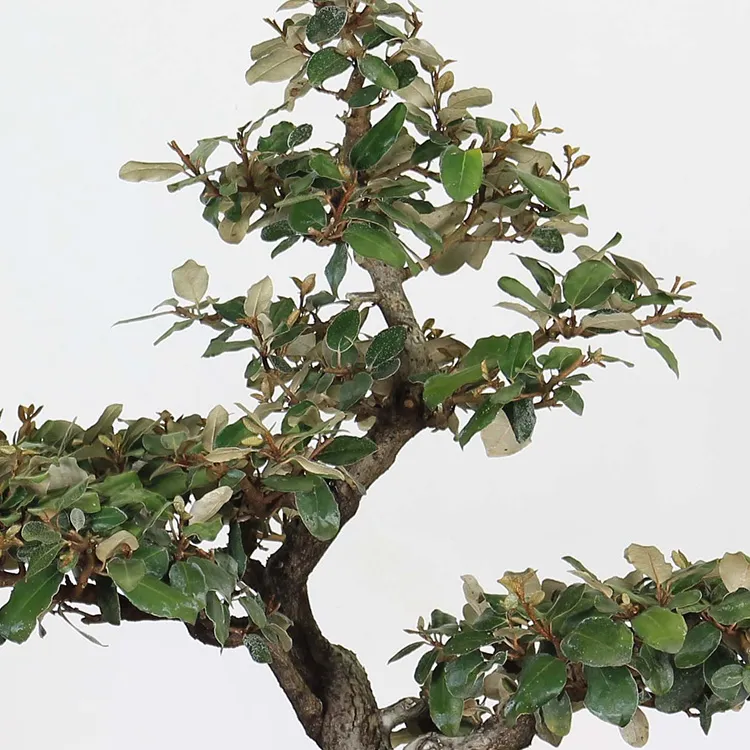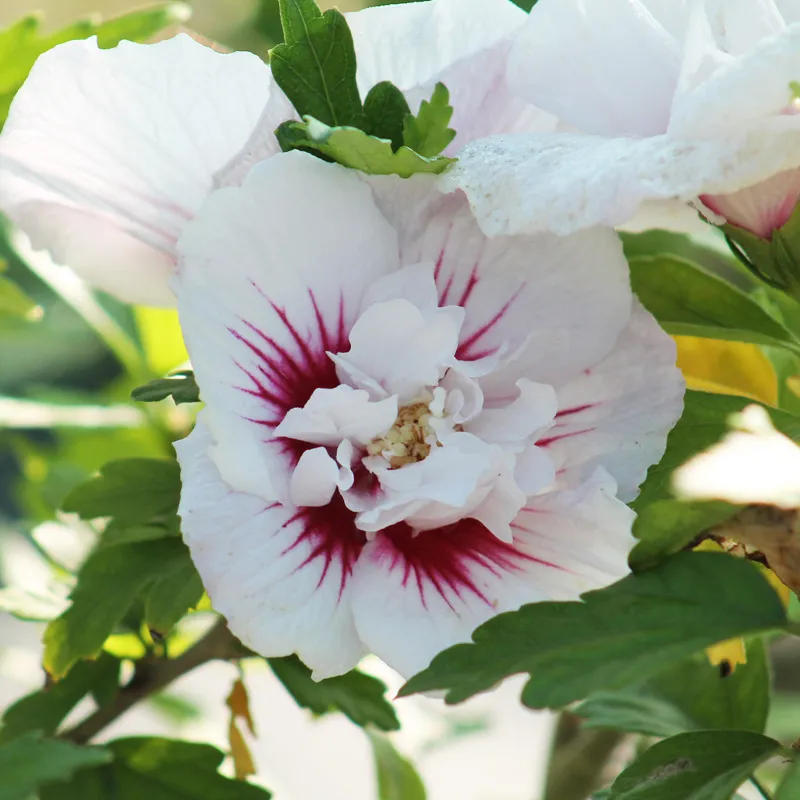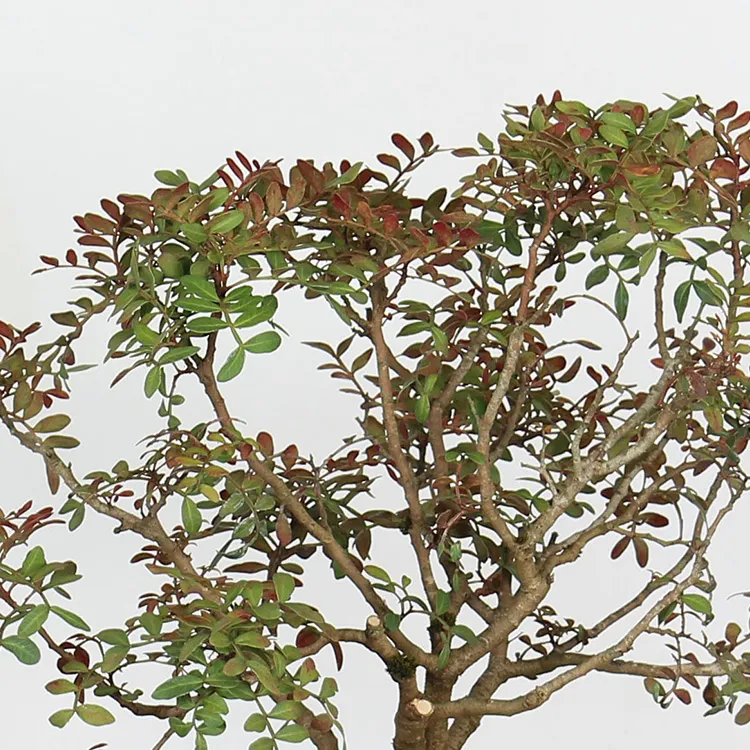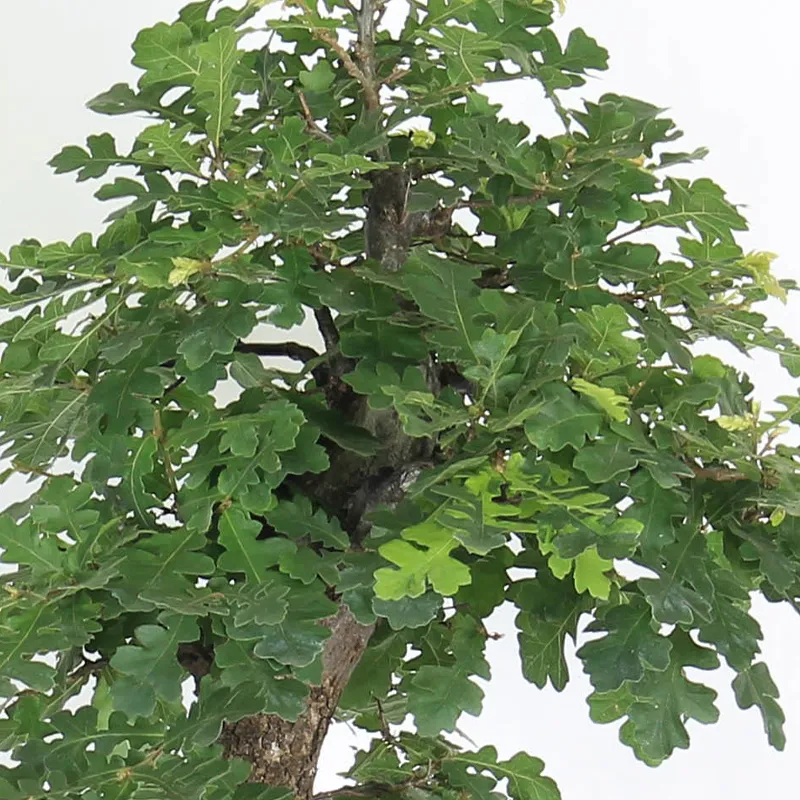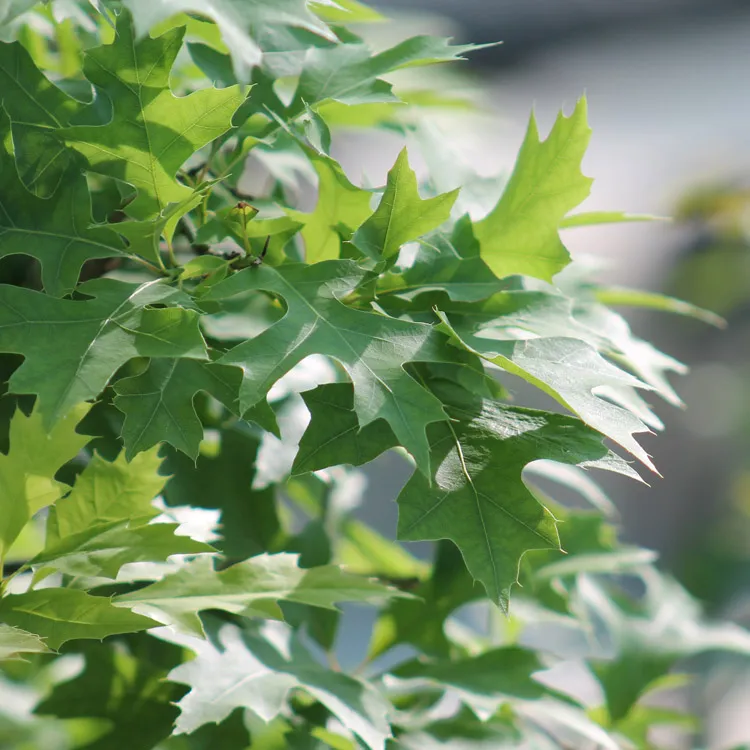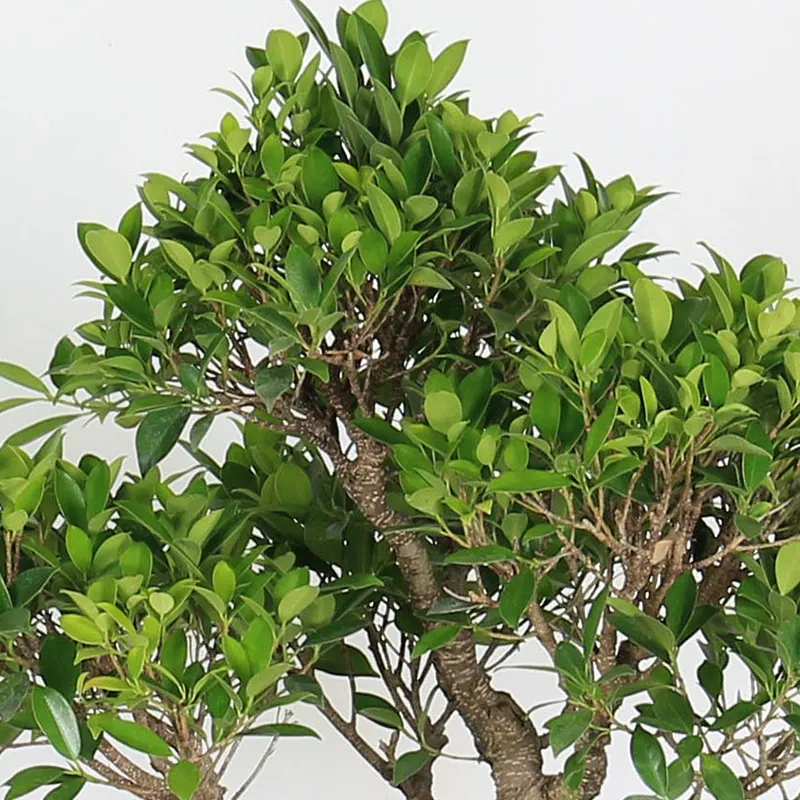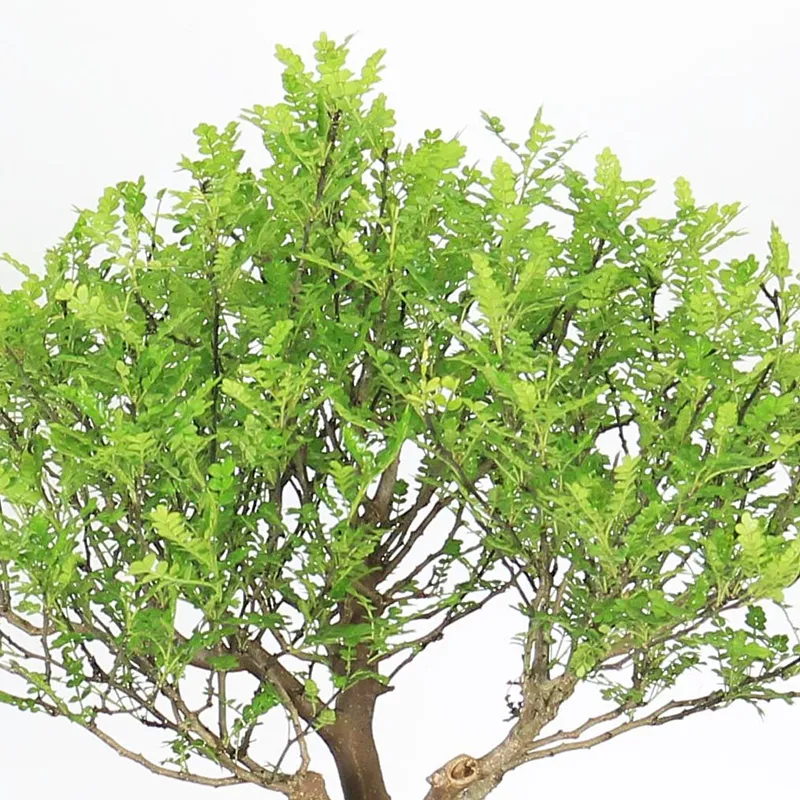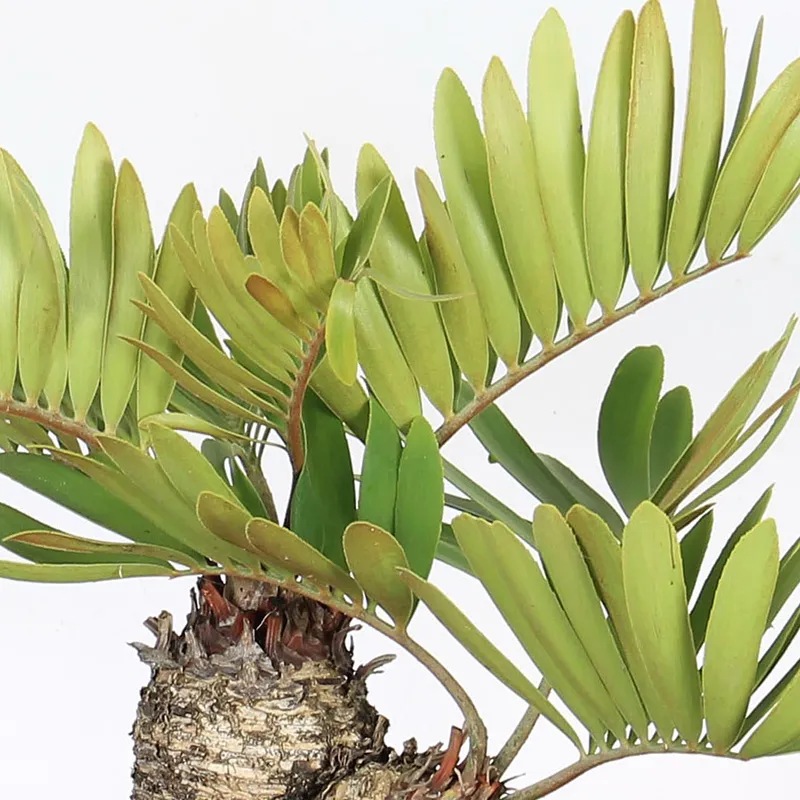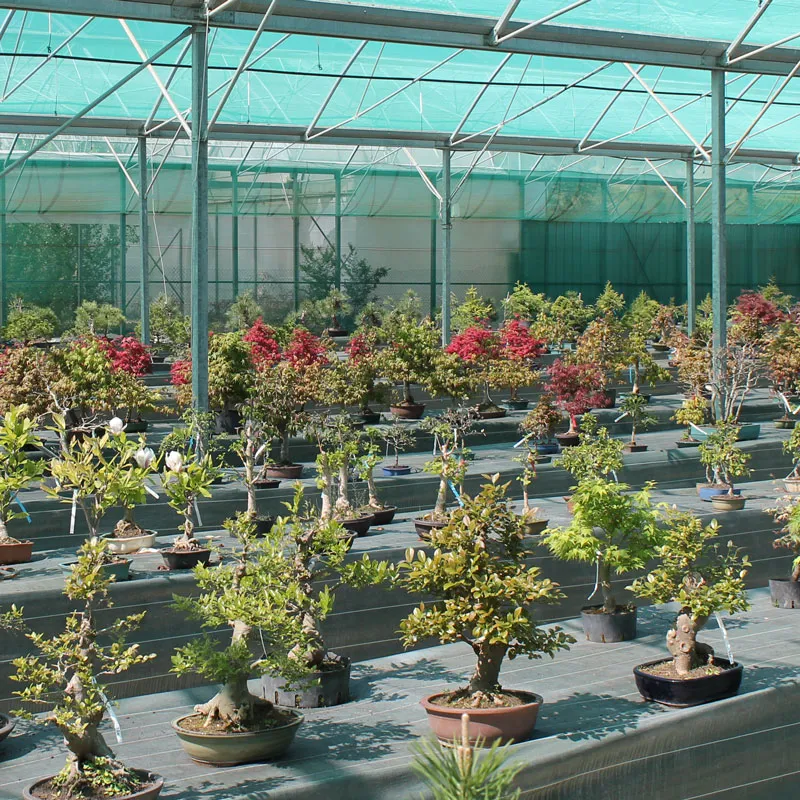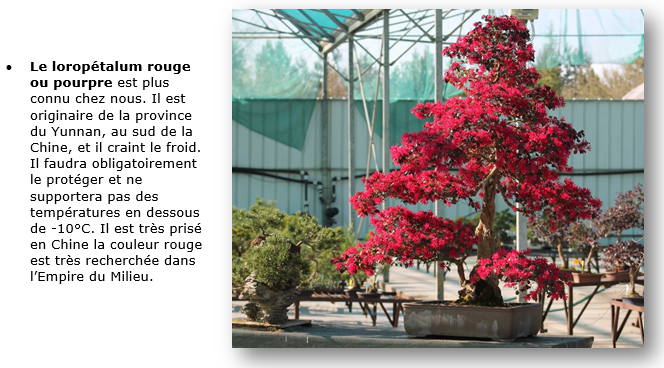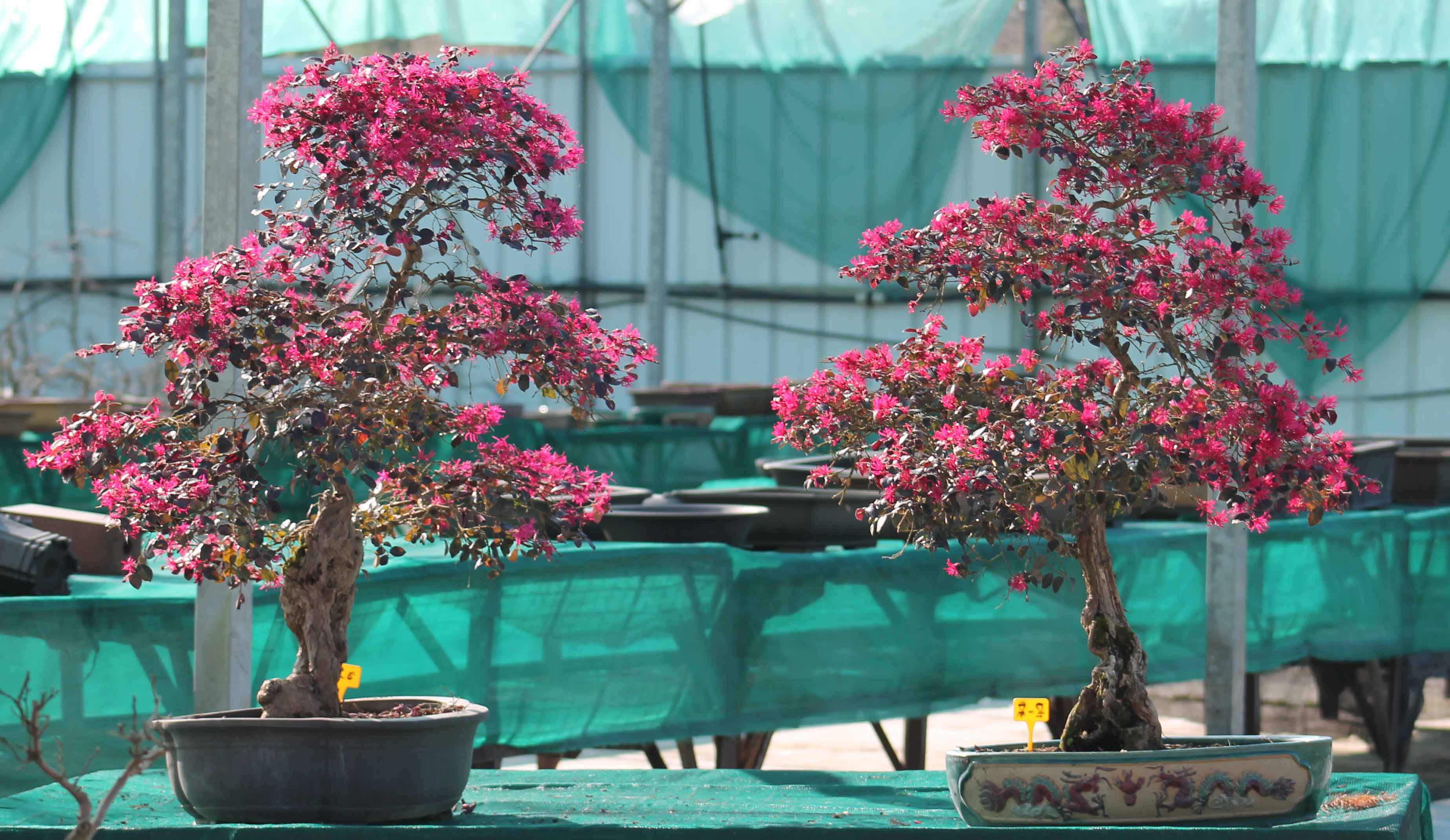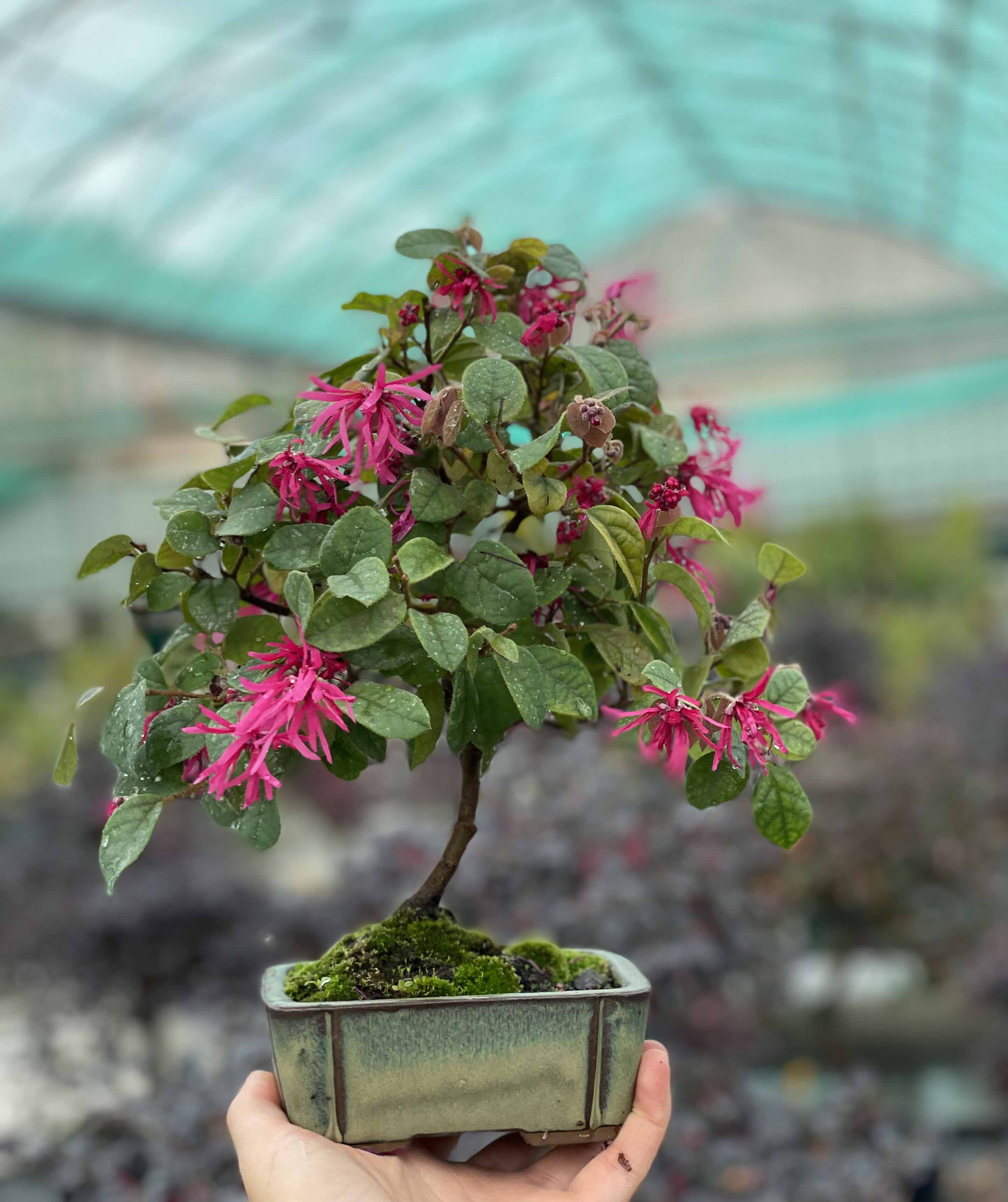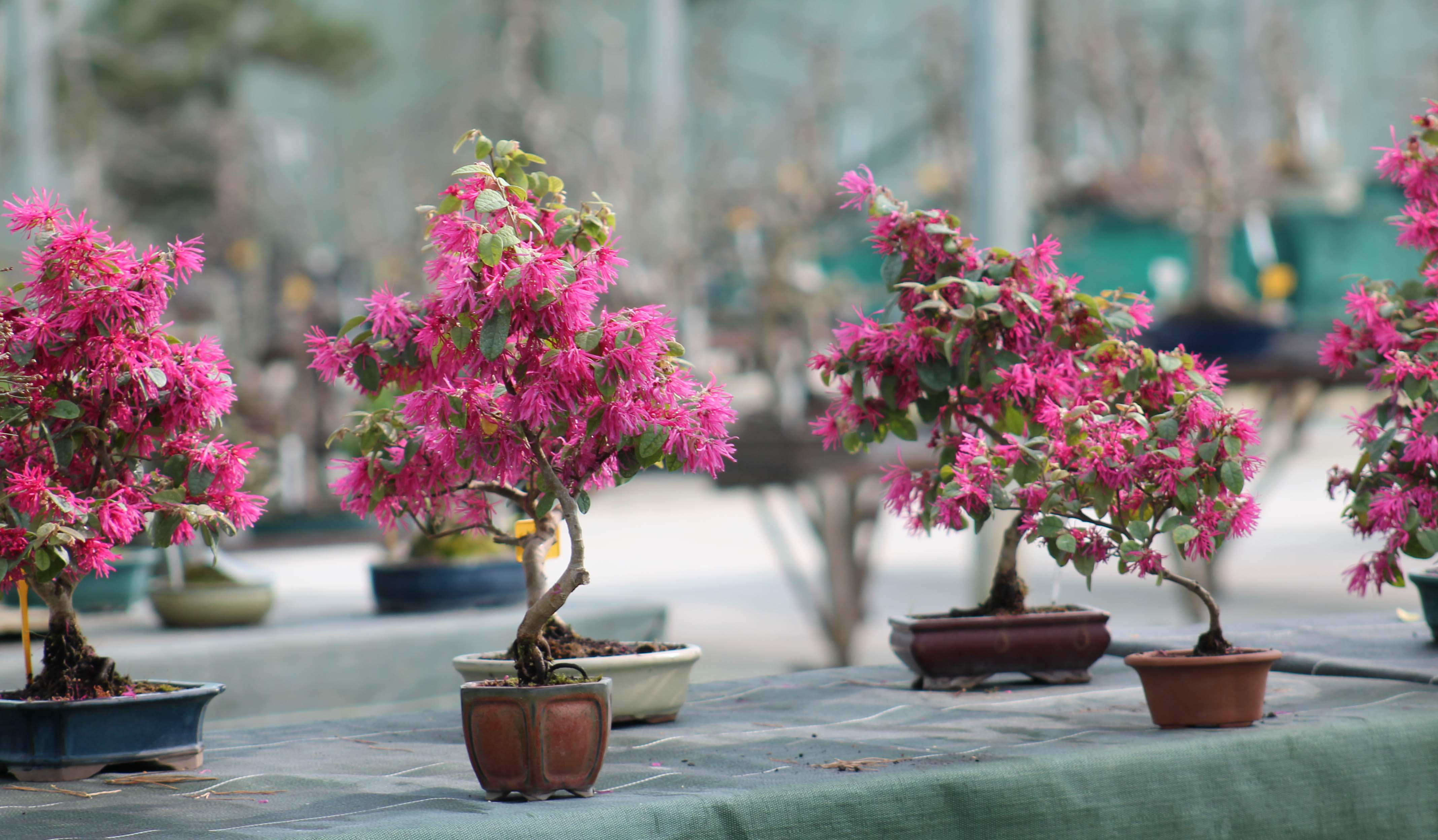Here is a bonsai that we particularly appreciate at the nursery but which is often unknown to amateurs: the loropetalum. Decorative all year round with its evergreen foliage, it is especially amazing for its spectacular flowering.
The different types of loropetalums
Loropetalum is native to Central Asia where it grows naturally. There are, however, two genera in nature:
Unlike the green loropetalum, the red loropetalum is not a tree, but a shrub. In its natural state, it is hardly more than one meter high and its trunk does not exceed 5 centimeters in diameter.
In February-March, the branches of the red loropetalum are completely covered with clusters of pink flowers. It then blooms again in August/September. It is therefore one of the few bonsai with a recurrent flowering.
As is often the case with bonsai, especially pine or maple, professionals try to take advantage of the best of both worlds by grafting. For example, large red loropetalums are found from grafts of "red " branches onto " green " trunks.
It is a work of art whose result leaves the initiated dazzled. Over the years, the graft site becomes completely invisible.
A grafted tree will thus be more resistant to frost, but care must be taken to reject the rootstock that must be removed. These shoots have different foliage but above all the green loropetalum is more vigorous than the red, and can easily draw all the strength to the detriment of the grafted part.
It is said that grafted trees live for a shorter period of time. In 30 years of cultivation, I have not noticed a deterioration of the subjects I cultivate.
How do you grow and care for a loropetalum in bonsai?
Location
Red loropetalum is native to Yunnan, a temperate region in southern China. It will require more protection than green. We advise you not to play with fire, and to grow them in a cold greenhouse at the first sign of frost.
If you live in an area that isn't very cold, simply protect the roots by wrapping the pot in bubble wrap or putting it under a good mulch. It's always the roots that will fear frost, rarely the branches. But when the temperature is close to -10°C, frost protection is mandatory.
Avoid putting it indoors; It's an outdoor bonsai and it won't stand to be used as a decoration in your living room. At worst, find a place for it in an unheated veranda during the cold season.
The loropetalum in bonsai loves sun and light, necessary to have an intense foliage color. But it doesn't like hot weather (it's an endemic tree in a temperate climate). It should be prevented from drying out and dehydrating, which will cause burnt leaves.
During heat waves, don't hesitate to put it in partial shade. We tend to think of loropetalum as requiring the same growing conditions as a Japanese maple.
Watering
Loropetabulum likes to have its feet cool, in a substrate that is always moist (don't exaggerate either, it doesn't grow in the middle of rice fields). So water as soon as the top of the substrate is dry, and right away.
In summer, you will need to water every day. From autumn to the following spring, regular rains are often enough to give it the water it needs, but don't hesitate to check regularly. If there is no rain, water once a week.
Repotting & Substrate
While there are trees that can withstand drastic repotting, this is not the case with loropetalum. Take it easy, cutting only the roots needed to give space in the pot. Also, avoid combing them or exposing them completely. You'd be taking a risk, especially with an old topic.
In order to keep the soil fresh, add a good amount of organic matter to your substrate. At the nursery, we use an agricultural soil composed of black peat, blond peat, topsoil, horse manure, pozzolana.
Repotting will be done in early spring, before bud break. If young bonsai are repotted every 2 or 3 years, for older plants you can usually wait 5 years before repotting.
The nursery's advice: do not repot according to a schedule but according to the needs of the bonsai. That is, when the pot is full of roots, it is difficult for water to penetrate the substrate. When in doubt, lift the bonsai out of its pot and see how the root bread is. If you can stick a wooden stick in it, wait until the following year.
Fertilization
From May to October, giving a balanced fertilizer every two months.
How do you prune a loropetalum into bonsai?
A clean pruning should be carried out after flowering. It is a tree that tolerates severe pruning well that will allow new shoots to develop quickly, even on the oldest branches.
Loropetalum therefore branches and densifies very quickly, even if it does not allow for a fine branching. Rather, it is a tree with light foliage.
The new shoots are flexible and delicate, and therefore easy to prune or even ligate to adjust the shape. Older wood, on the other hand, is much harder and brittle. To cut a branch that is several years old, you will need a good pair of sharp pliers.
Maintenance pruning is done regularly during the growing season, as soon as a twig has developed 4 pairs of leaves. Then prune above the first 2 pairs of leaves.
Remove shoots that appear on the lower part of the trunk, especially if it is a grafted tree, so as not to allow branches of the stem variety to develop.


 Production of French Bonsai
Production of French Bonsai

